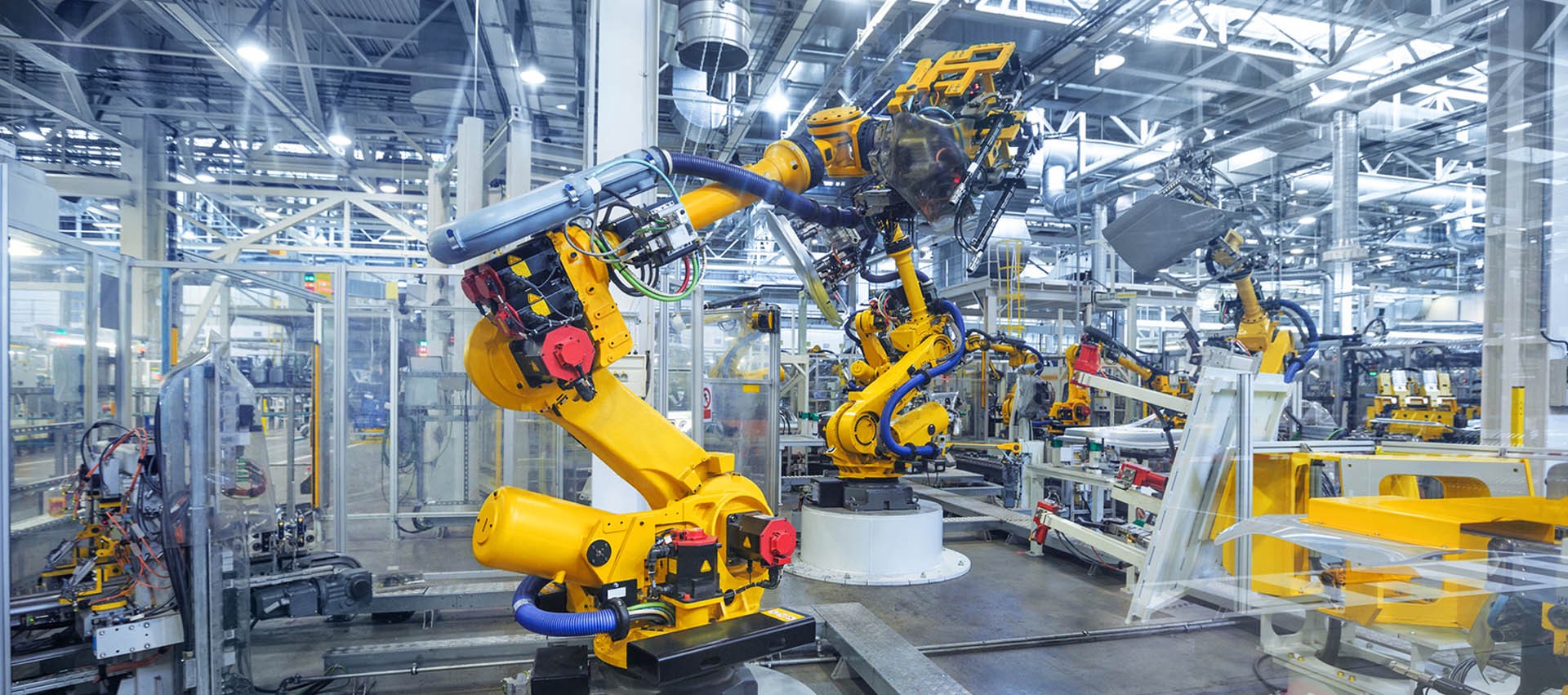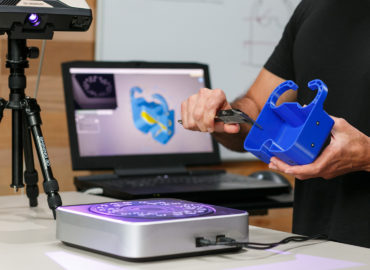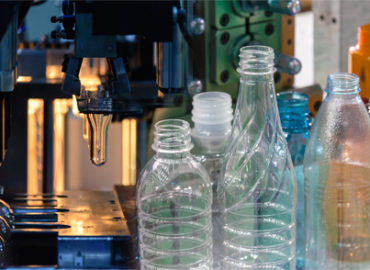Robots have been part of humane activities as far back as the 19th century. Back then it was mainly simple robots that performed easy tasks. Now, we have digitally controlled robots using artificial intelligence to complete complex tasks. Before we jump to the recent Industry 4.0 technologies, let’s look at the basics. Let’s begin with what is robotic.
Robotics is simply the aspect of technology that deals with the conception, design, construction, and operation of robots. The field of robotics interweaves with computer science, electronics, artificial intelligence, and nanotechnology as well. The origin of the word robotics dates to the 1940s when Isaac Asimov first used the term.
The industrial revolution prompted the need for complex mechanics. The use of robotics to increase productivity by automating production lines became common in the manufacturing industry. Seemingly complex and tedious tasks became simplified using robotics. The need for refined measurement and high precision robotics spiked. The robotics technology industry innovated and developed high-end robotics to meet the manufacturing industry demands. The demand led to the types of robotics we have today.
There are basically six types of robotics. Although some other different configurations may exist let’s look at the main six. These are SCARA, delta, cylindrical, polar, cartesian, and vertically articulated. Most of these types perform basic functions, the delta is the most applicable. It offers precise movements and capable of making delicate turns. This is the configuration we find more applicable to the manufacturing industries.
The manufacturing industry and robotics are natural allies. Robotics play key roles in the manufacturing industries today. Robotics offer safety, and maximum efficiency to the industry. It also gives them a strong competitive market advantage for the organization.
Industrial automation uses manufacturing robotics to automate repetitive tasks which reduces error margin to the barest and increases efficiency to the peak. The human workers handle other more productive areas while the robotics handles the repetitive and high precision task.
In the manufacturing industry robotics technology applies to different and numerous processes. They can range from partial automation to complete automation. They apply to processes where high speed, accuracy, and safety is of utmost concern. Industrial automation eases intricate tasks for manufacturing companies. Tasks such a holding, lifting, and moving heavy objects are handled by robots.
Top Reasons for using robotic technology in the manufacturing industry.
Industrial automation robots produce high efficiency from the beginning of a process to the end of the line. Working at optimal output, robots can seamlessly give steady output for a long period without breakdown and monotony of work.
The manufacturing industry’s robot is efficient for continuous production. You can program a robot to work round the clock, unlike a human. This is one of the edges robots have over a human being. Robots can deliver fixed outputs for a constant period which makes them dependable for high-speed processes.
Robots offer flexibility and workability in the manufacturing industry. With a few programming and configuration, a robot can perform several complex tasks. Some offer changeover parts to enable the possibility of handling several critical functions easily.
Most industrial robots have a very friendly user interface. They require a few pushes of buttons to perform various tasks. You do not necessarily need an engineer to man it, an operator with basic knowledge of the process can run the machine. Most of them run on semi and full auto, requiring no human monitor.
Robots reduce costs for manufacturing companies. Besides the one-time initial cost, you pay little or nothing to maintain these super-intelligent machines. Of course, it gives values that outweigh the initial costs. Also, it can simplify the process and reduce the number of workforces required.
Industrial automation is available for almost all processes in the manufacturing industry. Right from the handling of the raw materials all the stacking of finished products. Full industrial automation in the car industries, the electronics industry are typical examples. Robots handle virtually 95 percent of the processes in car manufacturing.
The tasks robots are doing.
In the manufacturing industry, robots can be designed to handle any repetitive task with great accuracy. Robots can do anything from simple, risky, tedious, and complex tasks. Some of the highlighted tasks include:
Material Handling
The use of the different types of robotics has made stacking and arranging very efficient. Depalletizing and palletizing is a repetitive task which robots handle effortlessly. With the right programming, robots can stack boxes and pallets in different configurations. In some warehouses, robots do virtually all the tasks leaving only a few for humans. Robots can complete such tasks in less time and with great accuracy.
Assembly
Assembling is one of the core tasks in the manufacturing industry. It’s a repetitive job that robots handle efficiently with little or no errors. Robots find themselves very useful in performing this task in the production line. High-speed production lines use robots to reduce errors and meet up the teeming market demands. A typical example is the car part assembly where robots are programmed to handle it for consistency, speed, and accuracy.
Welding
With the latest Industry 4.0, robots can handle virtually all kinds of welding works. Whether resistance, submerged arc, gas, metal, or plastic welding, robots do these with the highest precision. Sometimes, in the manufacturing industry, a welding job can be very delicate that only a robot can do it safely without disrupting the production process. Robots can handle complex welding without human interventions in the industry.
Processing
In manufacturing, certain products go through some specific process before getting the result. Some of these processes could be sawing, polishing, carving, twisting, bending, or even cutting. Depending on the complexity, a robot can work autonomously to complete this task.
Finishing
Robots can be programmed to execute a certain task accurately better than humans in the manufacturing process. Simple but precise tasks such as painting, spraying, applying adhesive, heating, and the rest of them. Robots can repeat such a task with the same accuracy at a high speed.
Future of robotics in Industry 4.0
Industry 4.0 is somewhat the future of robotics. Industry 4.0 is all about smart factories, something you have never seen before. This advancement in robotic technology will see more applications of intelligent integration of hardware and software. This new era of advancement will see improved efficiencies and higher productivity.
With Industry 4.0, we will see the full automation of plants with the implementation of the Internet of Things (IoT). We would have a machine to machine communications (M2M) at its full. This advancement will explore the manufacturing industry’s maximum potential. The future of robotics is beyond your wildest imagination. Scientists and robotics engineers are coming up with the recent breakthrough in robotic technologies such the All-Terrain Robots (ATR). Soon we would have robotic pets with artificial intelligence. Rescue robots with instincts and programming to administer aids and support during emergencies. These are beyond the metallic body, these are fully autonomous humanoid robots that can make rational decisions. Hopefully, in the nearest future, we might have a company whose 98 percent workforce is a robot.





